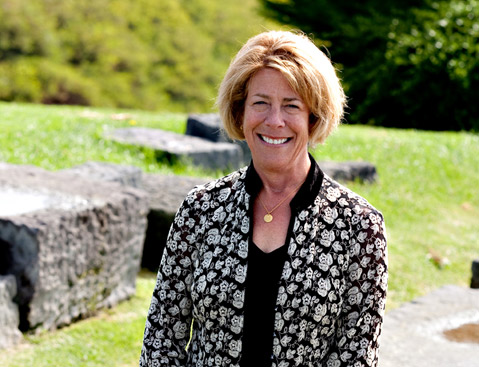
The first of three public forums kicked off in a dramatic fashion Wednesday night as several dozen Center for Lifelong Learning (CLL) students and neighbors showed up to Santa Barbara City College’s Schott Campus to deliberate with administrators the long-range facilities plan and the possibility of shifting programs between the school’s main campus and two satellite ones at Wake and Schott centers.
Driving many of the critical comments from audience members was a deep-rooted fear that personal-enrichment classes — in the arts, recreation, nature, language, and more — would eventually be eliminated. The concern dates back a few years when the college terminated its state-funded Adult Ed courses for fee-based CLL classes. Several audience members demanded assurance from college administrators that CLL courses would not be slowly phased out. “We want it in big, bold letters,” one speaker said.
SBCC President Lori Gaskin said “CLL is showing up on the map” and that the purpose of the workshops is to help draft a plan to better utilize the space at the three campuses, possibly alleviating congestion at the main campus. “This is not about enrollment growth,” Gaskin pledged. “There are no new buildings for the sake of new buildings.”
Leading much of the discussion was facilities vision consultant Pamela Anderson Brule, who ran through some possible program shifts. For instance, many programs that do not offer transfer or degree courses could be moved from the main campus to Wake or Schott. The exception would be equipment-heavy programs such as marine or culinary. Another suggested idea was that some administration offices could move to the Schott Center.
Schott and Wake Center — former elementary schools — could greatly benefit from upgrades that could create more classroom space, Anderson said. Wake Center is currently just one story and building a second level could be beneficial. Plus, new classrooms could be designed specifically to cater to personal-enrichment classes such as pottery. Also, at Schott, pavement makes up just over half of the nine-acre campus.
Several public commenters argued that Wake and Schott centers were specifically given to the community — mostly for the “robust retirement community”— for enrichment classes. “When did the community throw out its elders?” charged one CLL student. Several others concurred. Another CLL student brought up the issue of transportation if classes were shuffled around. Admitting it was a minor point, another expressed concern about carrying heavy art supplies from the car to the classroom.
Interjecting at one point to call on the crowd to show respect, Gaskin defended the point of the meeting, carefully articulating that the board had directed her to create a thoughtful 15-year master facility plan. “Shame on me if I didn’t do this,” she said. “The last thing you want is not thinking about a long-term plan.”
How to pay for renovations — and SBCC’s failed $288 million facilities bond, Measure S — was also brought up. Gaskin said Measure S is irrelevant to the workshop discussion, though she said Governor Jerry Brown has made it fairly clear that the burden of community college modernizations falls on local communities, adding that 80 percent of college districts have passed facilities measures.
Most audience members likely remember the days when thousands of Adult Ed students — many older and low-income — signed up for free or nearly free courses. Citing the need to prioritize transfer students, college officials terminated the state-funded arm of the college and opened the self-sufficient CLL in its place in 2013. Concerns linger that CLL will eventually be shut down to make room for more college students.
Financially, CLL is breaking even, according to its executive director Andy Harper. About 7,680 unduplicated students signed up for classes in the first year and between 300-400 classes are offered each term. Enrollment this year is remarkably similar to last year, Harper said, though cancellation rates due to low enrollment dropped from 19 percent last year to 14 percent this year. The first year allowed CLL to figure out which classes were most popular, Harper added, and new classes open each term to keep the program fresh. Plus, CLL’s average tuition fee — $5.54 per hour — was about half the average of five other community college tuition support programs last semester, Harper said.
Two more facilities workshop meetings will be held. Thursday’s meeting at 4:30 p.m. takes place at SBCC’s main campus in room A-211. Friday’s, also at 4:30 p.m. will be at Wake Center Auditorium.



